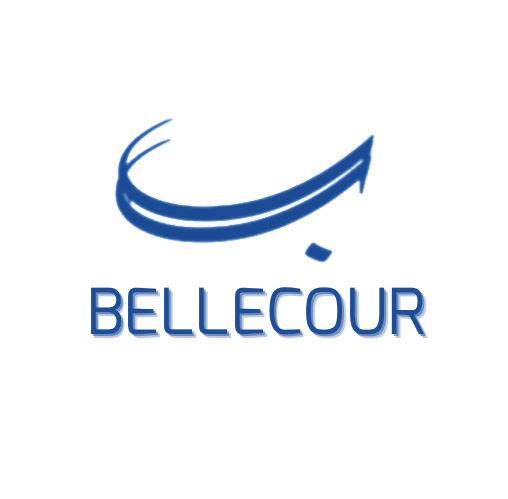Formulate your business strategy
In the midst of the rapidly changing business landscape, We tailorcraft comprehensive and structured Business Strategy for our clients that outlines their long-term goals and objectives based on their Business’s Mission and Vision. The provided framework will guide the business’s actions, decisions and allocated resources toward achieving value for its stakeholders, sustainable competitive advantage, market growth, and long-term sustainable success for the Organization.
Business strategy is a comprehensive and structured plan of action that outlines how an organization intends to achieve its long-term goals and objectives. It serves as a roadmap for making decisions and allocating resources in order to enhance the organization’s competitive position and to create value for its stakeholders. The primary goal of the Business Strategy is to provide a framework for guiding the organization’s actions, resources and decisions toward achieving a sustainable competitive advantage and long-term success. Successful execution of a well-crafted Business Strategy can lead to increased competitiveness, market growth and long-term sustainability for the organization.
The first element to be considered when developing a Business Strategy is the Mission and Vision that defines the business’s core purpose and what it seeks to achieve in the broader context and describes the business’s desired long term aspiration. These statements provide a sense of direction and purpose for the organization. The Goals and Objectives of the business should be established as per the SMART criteria (Specific, Measurable, Achievable, Relevant, Time-bound) and should be aligned with the business’s Mission and Vision.
An ongoing process that allows long term sustainability in a rapidly changing business landscape.
External and internal analyses are a prerequisite for the authoring of the Business Strategy. Conducting a thorough analysis of the external environment allows the identification of opportunities and threats in the market, an understanding of the competitive landscape and an assessment of the competitors and market positioning. In parallel, a market segmentation singles out the target market segments and customer profiles that the business aims to serve and allows the understanding of their dynamics, needs and preferences. The industry analysis allows a deeper comprehension of the broader industry including regulatory factors and industry trends. Finally, the macro-environmental analysis apprehends external factors such as economic, political, social, and technological trends that may impact the business. On the other hand, an internal assessment of the business’s strengths and weaknesses and of its internal resources, whether financial, human, technological or physical, will pinpoint the capabilities and core competencies of the business allowing their efficient and effective deployment in order to achieve the strategic goals.
Based on the internal and external analyses and on the Mission, Vision, Goals and Objectives, the roadmap of the Business Strategy can be defined. The Strategic plan should identify and target specific market segments or customer groups to focus on, determining how the business will differentiate itself and create a unique value proposition for customers. The competitive strategy (such as cost leadership, differentiation, or niche focus) is thus chosen and its development is taken into consideration through the support of innovation and product development. Resources allocation plays a key role in supporting the strategic initiatives.
Based on the above, a detailed, timebound, strategic action plan is authored with prioritized projects and investments based on their alignment with the strategic goals and objectives of the Business. Considering ethical and social responsibility in the strategy plays an important role in enhancing the reputation and stakeholder trust. Potential risks and challenges that could affect the implementation of the strategy are identified and contingency plans and risk mitigation strategies are put forward. Communication of the strategy to all levels of the business is leveraged during the process, ensuring efficient commitment.
Progress toward strategic goals is continuously measured and monitored through the evaluation of the performance of the strategy with Key Performance Indicators (KPIs) and through the adaptability and the responsiveness of the strategies to changing circumstances.




